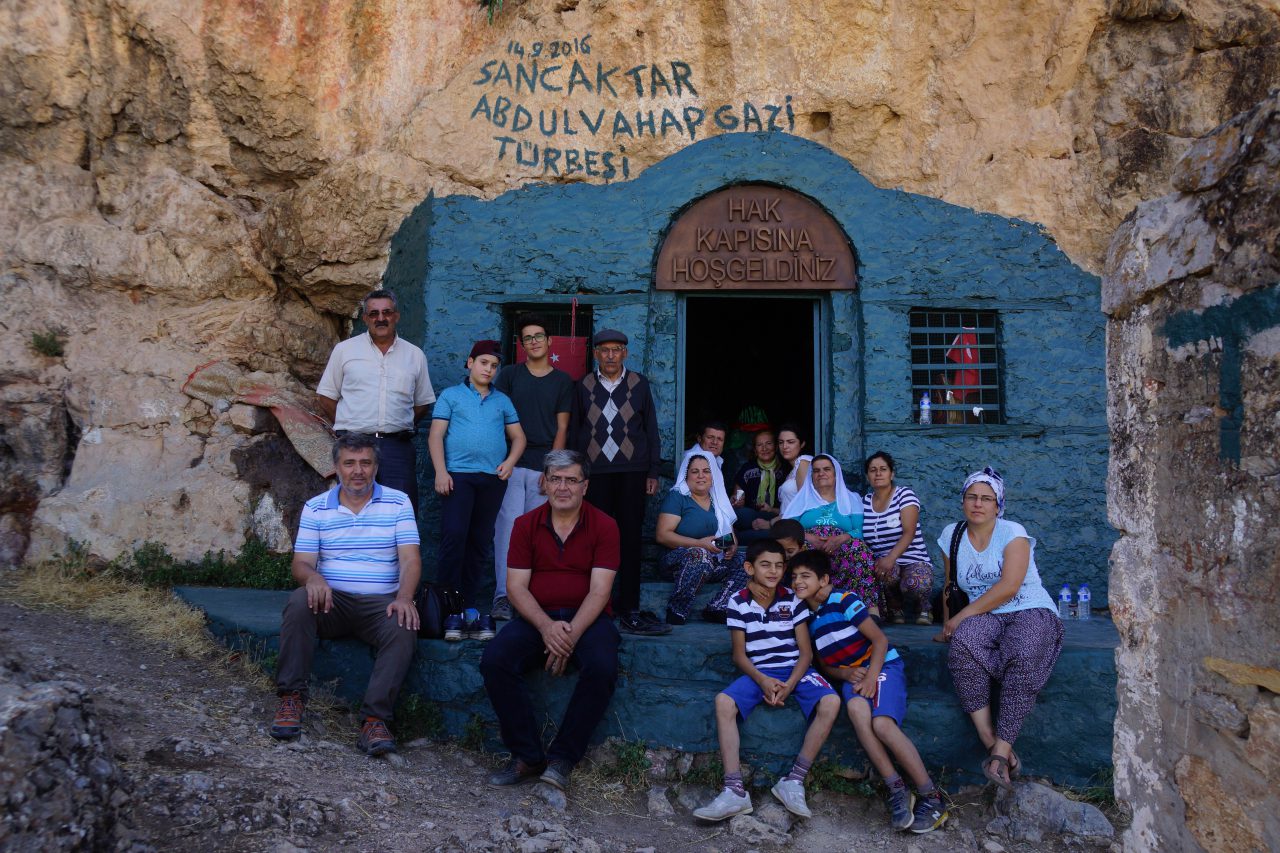Ziyarat (Pilgrimage) Culture in Alevi Religion

Rıza Parlak, 8 February 2018
Each village in Arguvan has a shrine and local people call them ziyāratgāh (sacred Alevi sites). People go there and perform du’a (invocation), present their demands and strengthen their inner power. “Shah Sultan” in Bozan Village, “Hatun Cicim” in Karahüyük, “Hıdır Baba” in Bemere, “Kara Baba” in Kömürlük, “Gani Baba” in İsaköy, “Göleri” in Gökağaç, “Arduşlu” in Göçeruşağı, “Ali Baba” in Ermişli and “Karakapı” in Mezirme are among those shrines.
Ziyarats are essential in the Alevi tradition. In the past, when harvest season was over, villagers used to gather, take their sacrifices and go to ziyarat.
If their prayers had come true, they would have went bare foot to pay their debts to the ziyarat. Nowadays, expats go to ziyarat when they come back to their homeland in summer time. People do not wait for autumn to come any more. They take their sacrifices and do their prayers with their relatives. Each family brings an animal to slaughter, prepares lokma (yeast fritters) and share them with the others around. Leftovers are distributed to the ones in need. This tradition of sharing is the most beautiful part of ziyarats.

Bizi Takip Edin